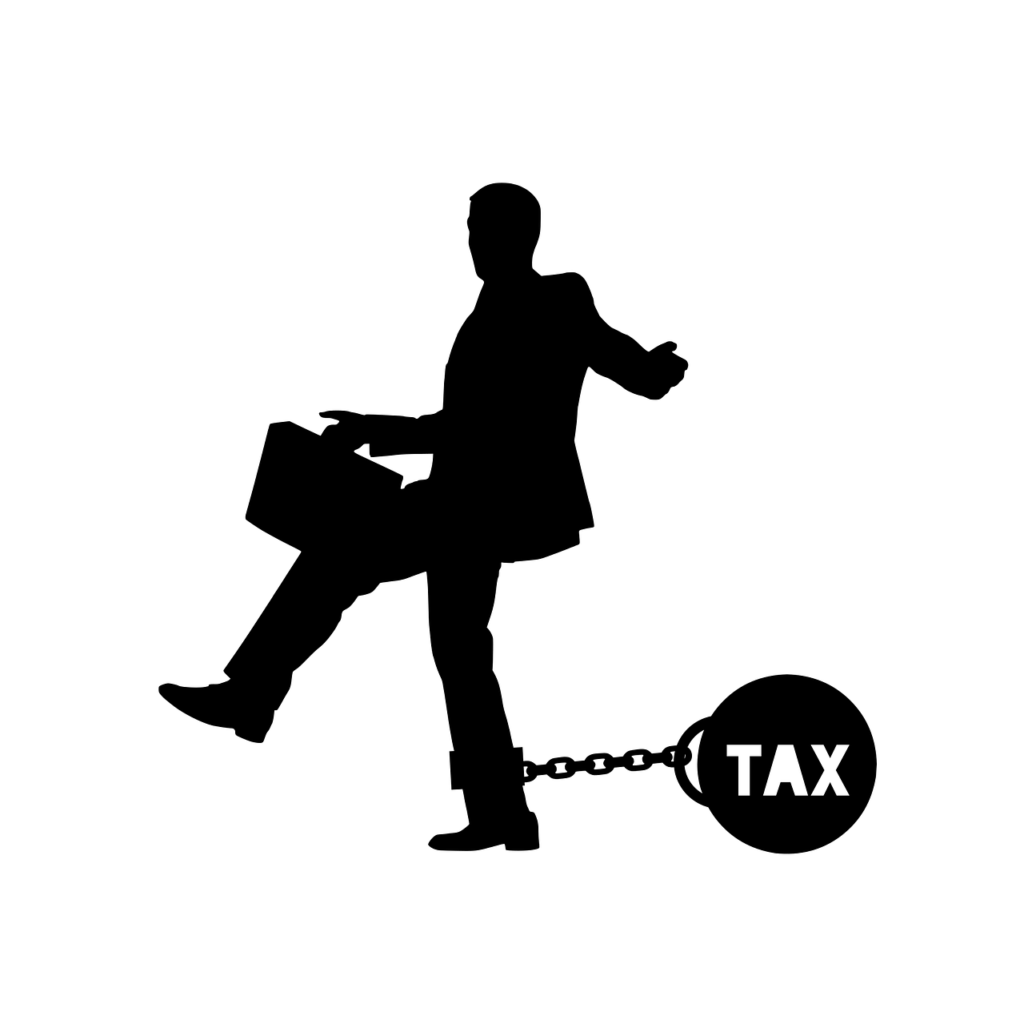If you’ve ever found yourself frustrated with a store’s return policy, you are not alone. It can be overwhelming to navigate through the fine print and understand all the conditions and exceptions. That’s why we’ve put together this comprehensive buyer’s guide to help you navigate the world of store return policies. Whether you’re a seasoned shopper or a newbie, this guide will equip you with all the knowledge you need to confidently make returns and get the most out of your shopping experience. So let’s dive in and demystify these return policies once and for all!

What are Store Return Policies?
Definition of Store Return Policies
Store return policies are guidelines set by retailers that outline the rules and regulations regarding returns and exchanges of purchased items. These policies are designed to provide clarity and protection for both the buyer and the seller in the event that a customer wishes to return a product.
Explanation of the Purpose of Store Return Policies
The purpose of store return policies is to ensure a smooth and hassle-free experience for customers when they encounter any issues with their purchases. These policies help establish guidelines for returns, exchanges, and refunds, and provide a framework for addressing customer concerns. By clearly defining the terms and conditions of returns, store return policies aim to minimize misunderstandings and disputes, and ultimately build trust between the retailer and the customer.
Importance of Understanding Store Return Policies
Avoiding Buyer’s Remorse
Understanding store return policies is crucial to avoid buyer’s remorse. Sometimes, despite careful consideration, a product may not meet your expectations or suit your needs. By familiarizing yourself with the store’s return policy, you can have peace of mind knowing that you have the option to return or exchange the item within a specified timeframe. This knowledge can alleviate any worries or regrets associated with your purchase.
Maximizing Return Value
By understanding store return policies, you can maximize the value of your return. Different policies offer varying options, such as full refunds, store credits, or exchanges. Some policies impose restocking fees or limit the timeframe for returns. Being aware of these details can help you make informed decisions about the best course of action based on your specific circumstances. This way, you can ensure that you receive the most favorable outcome possible.
Establishing Fair and Reasonable Expectations
Understanding store return policies allows you to establish fair and reasonable expectations when making a purchase. By knowing the parameters of the return policy, you can anticipate any potential costs, requirements, or restrictions associated with returning an item. This knowledge allows you to make educated decisions and reduces the risk of disappointment or frustration later on.
Types of Store Return Policies
No Return Policy
Some stores have a strict “no return” policy, which means that once you purchase an item, it cannot be returned or exchanged under any circumstances. It’s important to be aware of this policy before making your purchase, particularly when buying items that may be difficult to size or items with a limited usefulness.
Exchange Only Policy
In an exchange-only policy, the store allows you to exchange the purchased item for a different product, but does not offer refunds. This type of policy is common in certain industries, such as fashion, where sizes and personal preferences can vary greatly. It’s essential to understand that you will not be able to receive a refund back to your original form of payment with this type of policy.
Store Credit Policy
Many retailers offer store credit as a form of refund. With a store credit policy, you can return the item and receive credit that can be used towards future purchases within the same store. This can be a convenient option if you regularly shop at the particular retailer and anticipate making future purchases.
Refund Policy
A refund policy offers the most flexibility, as it allows you to receive a refund back to your original form of payment. This type of policy ensures that you will be reimbursed for your purchase if you are dissatisfied or encounter any issues with the product. Refund policies are generally customer-friendly and provide a sense of security, as they allow for a full or partial refund depending on the circumstances.
Common Terms and Conditions
Unopened and Unused Items
Most store return policies require that items be returned in their original condition. This often means that products must be unopened, unused, and in their original packaging. It’s important to keep this in mind, especially when considering returning items such as electronics or cosmetics that often have hygiene or safety concerns associated with them.
Original Packaging and Tags
To be eligible for a return, items are typically required to be in their original packaging and have all tags and labels intact. This ensures that the product can be resold in a new condition. If the item is returned without the original packaging or tags, the store may refuse the return or deduct a restocking fee from the refund amount.
Valid Identification
Many stores require valid identification when processing returns, especially for returns made without a receipt. This is done to prevent fraudulent returns and to ensure that the person returning the item is the same person who originally purchased it. Make sure to bring a valid ID, such as a driver’s license or passport, to facilitate a smooth return process.
Restocking Fees
Some store return policies impose restocking fees, particularly for certain types of items or after a specified timeframe. Restocking fees are charges deducted from the refund amount to cover the costs associated with processing the return and preparing the item for resale. It’s important to be aware of any potential restocking fees before making a return to avoid any surprises.
Condition of the Item
Store return policies often require that returned items be in resalable condition. This means that the product should not be damaged, altered, or excessively used. If an item is returned in poor condition, the store may refuse the return or offer a partial refund instead of a full refund. It’s essential to take care of the item and return it in the same condition as when you received it to ensure a smooth return process.
Timeframe for Returns
Return Window Duration
Stores typically have a specified timeframe within which items can be returned. This timeframe can vary greatly, ranging from a few days to several months, depending on the store and the type of product. It’s crucial to be aware of this timeframe and make sure to initiate the return process within the specified window to be eligible for a refund or exchange.
Extended Holiday Return Policies
During holiday seasons, many stores extend their return window to accommodate gift purchases. This means that items purchased within a specific period, often from late November to early January, can be returned within an extended timeframe. The extended holiday return policies provide flexibility to gift recipients who may need to return or exchange their presents.
Exceptions to Return Timeframe
It’s vital to be aware that some items may have exceptions to the standard return timeframe. Examples of exceptions include perishable goods, customized or personalized items, and seasonal merchandise. These exceptions are often clearly outlined in the store’s return policy and should be considered before making a purchase if you anticipate needing to return the item.
Proof of Purchase Requirements
Receipts and Invoices
In most cases, having a receipt or an invoice is the easiest and most straightforward way to prove your purchase. These documents typically contain important information, such as the date of purchase, the item description, and the price paid. Keeping your receipts or invoices in a safe place can greatly simplify the return process and help you obtain the refund or exchange you desire.
Credit Card Statements
If you no longer have the original receipt or invoice, credit card statements can serve as alternative proof of purchase. Credit card statements show the transaction details, including the store name, the date, and the amount charged. It’s important to ensure that the credit card statement clearly shows the purchase in question to avoid any complications during the return process.
Online Order Confirmation
For online purchases, an order confirmation email or a digital receipt can be used as proof of purchase. These documents typically contain the necessary information, such as the order number, the item details, and the amount paid. It’s advisable to keep these digital records accessible or printed for ease of reference in case a return becomes necessary.
Types of Refunds
Full Refund
A full refund provides a reimbursement for the entire purchase price of the returned item. This refund is typically issued back to the original form of payment, such as a credit card or a debit card. Full refunds are most commonly offered when items are returned within the specified return window and meet the store’s requirements for return.
Partial Refund
In some cases, a partial refund may be offered if an item is returned in a condition that does not meet the store’s criteria for a full refund. This partial refund can be a percentage of the original purchase price or a reduced amount that factors in any damage or wear to the item. It’s important to understand the terms associated with partial refunds in the store’s return policy.
Store Credit or Gift Card
Instead of providing a refund back to the original form of payment, some stores offer store credit or a gift card as a refund option. This allows you to receive the value of the returned item in the form of a credit that can be used for future purchases within the same store. Store credits and gift cards are often associated with return policies that extend beyond the standard return window.
Exchange for Different Item
In situations where you are not satisfied with the purchased item but still wish to make a purchase from the same store, an exchange may be offered. This allows you to return the original item and select a different product from the store’s inventory. It’s important to note that exchanges are subject to availability, and any price differences may need to be paid or reimbursed accordingly.
Store Return Policies for Online Purchases
Return Shipping Process and Costs
For online purchases, return shipping is often required to be arranged by the customer. The store’s return policy should provide instructions on how to initiate a return and whether a return shipping label is provided by the retailer. It’s important to be aware of any potential costs associated with return shipping, such as shipping fees or postage expenses, and factor them into your decision to return the item.
Online Return Form
Many online retailers require customers to complete an online return form before initiating a return. This form usually collects important information, such as the reason for return, the order number, and the item details. Filling out the online return form accurately and thoroughly can help expedite the return process and ensure that your request is processed correctly.
Return Label and Packaging
In some cases, online retailers provide a return shipping label that you can attach to the package for return. It’s important to carefully follow the return instructions provided and ensure that the package is securely packaged to avoid any damage during transit. It’s advisable to retain proof of return, such as a tracking number, to easily track the progress of your return.
Online Return Exceptions
Online retailers may have specific exceptions to their return policies due to the nature of the products they sell. These exceptions can range from non-returnable items, such as certain types of electronics or hygiene products, to restrictions on returns for sale or clearance items. It’s important to carefully review the online return policy for any exceptions that may apply to your purchase.
Understanding Store Return Exceptions
Non-returnable Items
Certain items are commonly excluded from return policies due to safety, hygiene, or licensing reasons. These can include items such as mattresses, personal care products, swimwear, or software. Non-returnable items are often clearly stated in store policies, and it’s important to be aware of these restrictions before making a purchase.
Sale or Clearance Items
Stores often have different return policies for sale or clearance items. These policies may include final sale terms, which means that the item cannot be returned or exchanged. It’s essential to carefully review the sale or clearance item policy before purchasing, particularly if you anticipate the need for a return or exchange.
Final Sale Items
Final sale items have the strictest return policies and cannot be returned or exchanged under any circumstances. These items are often marked as “final sale” and are typically heavily discounted. It’s important to understand that there are no options for returns or exchanges for these items, and once purchased, they are considered your property.
Health and Safety Regulations
Certain items, such as medications, food products, or personal care items, may be subject to health and safety regulations that restrict returns. These regulations are in place to protect consumer safety and ensure the integrity of the products. It’s important to be aware of any health and safety restrictions and consider them before making a purchase.
Damaged or Defective Items
Most store return policies have provisions for damaged or defective items. If you receive a product that is damaged or defective, it’s crucial to contact the store as soon as possible to initiate the return process. In these cases, the store will typically provide a replacement or offer a full refund, including any associated shipping costs.
Understanding store return policies is essential for any buyer. By being familiar with the different types of policies, common terms and conditions, timeframes for returns, proof of purchase requirements, types of refunds, and specific policies for online and in-store purchases, you can make informed decisions and navigate the return process smoothly. Remember to always keep receipts or invoices, adhere to return guidelines, and communicate with the store promptly if any issues arise. With this buyer’s guide, you are well-equipped to understand and navigate store return policies, ensuring a positive and hassle-free shopping experience.



